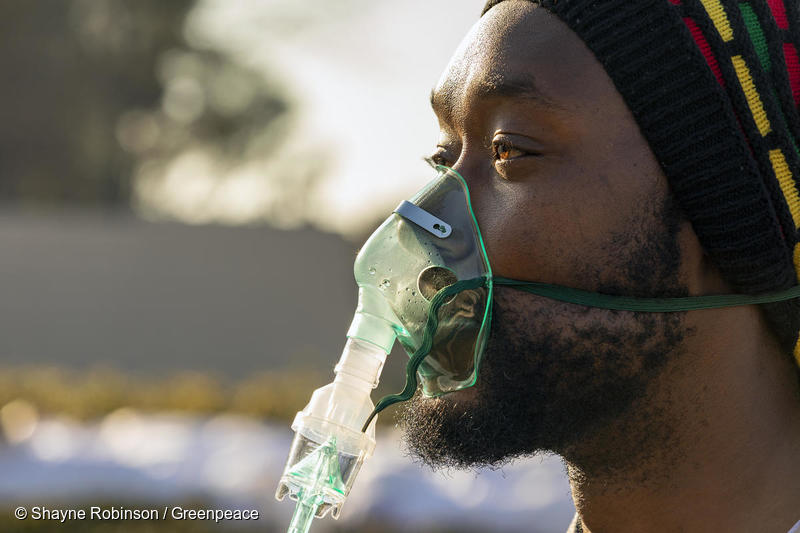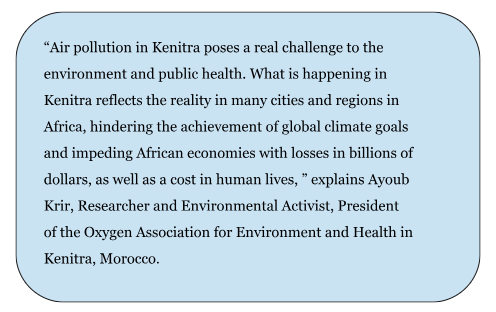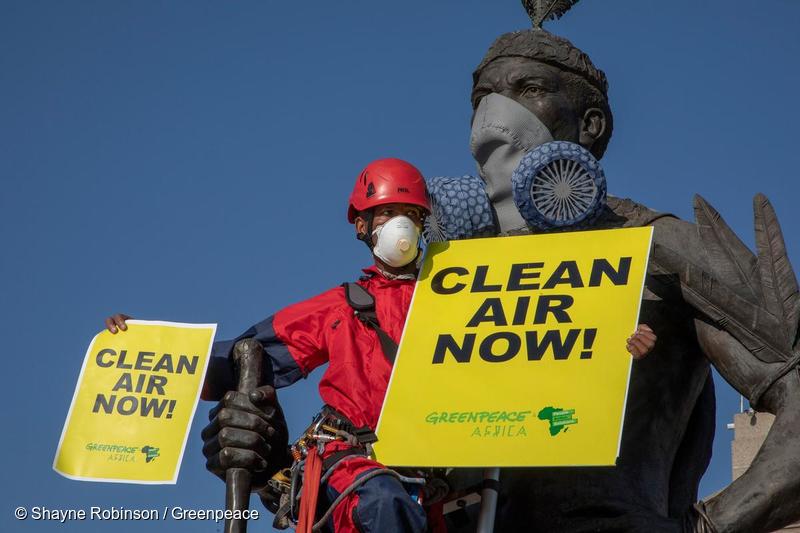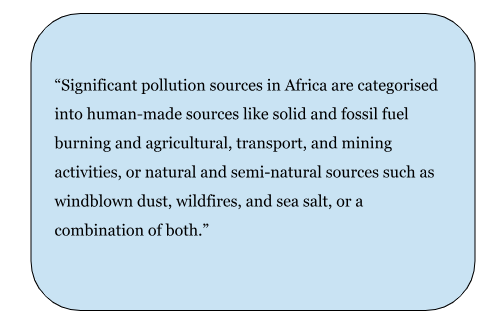
Air pollution, a growing threat in Africa, is the second leading cause of death after malnutrition in Sub-Saharan Africa and the main environmental risk factor for death in North Africa. According to the United Nations Environment Programme (UNEP), outdoor air pollution is projected to increase the yearly number of premature deaths from 930,000 in 2030 to 1.6 million by 2063. These statistics are startling, bearing in mind that we are in the midst of a climate crisis. Our latest report, titled Major Air Polluters in Africa Unmasked, examines air pollution in Africa and uncovers major air polluters on the continent.
The report highlights the massive impact air pollution has on public health across the continent. It also calls on governments and legislators to make a just transition towards clean, renewable energy and end dependence on fossil fuels to promote the wellbeing of Africans and the environment. The report further recognises the efforts of communities across various regions in Africa, who are making a difference by improving air quality.

Top Insights from our Report.

Despite the danger air pollution poses in Africa, there is a lack of sufficient air pollution monitoring in many regions across the continent. Thus, this report investigates air pollution and major polluters in Africa using recent satellite data to identify large point sources and emissions data from databases to locate smaller or distributed emission points.
Here is a glimpse into the devastating reality of air pollution across the continent.
- Several of the identified emission epicentres in Africa link to thermal power plants, industrial zones, cement plants, urban areas, or metal smelters. For context, nine of the 1o largest sulphur dioxide (SO2) emission hotspots are thermal power stations, while the remaining one is a metal smelter complex. In addition, all ten largest nitrogen dioxide (NO2) point sources found in Africa are also thermal power plants.
- South Africa stands out as an air pollution hotspot, holding numerous point source emitters, including 6 of the 10 largest NO2 point source emitters globally and 9 of the largest NO2 emission points in Africa. It is also home to four of the nine thermal power plants with the highest SO2 emissions on the continent.
- Household air pollution accounts for 63% of deaths attributed to air quality in Africa yearly, with newborns, the elderly, and children below five years being the most susceptible.
- The World Health Organisation (WHO) reports that high air pollution exposure in Africa triggers both short and long-term illnesses, including cardiovascular and respiratory diseases, cancer, kidney problems, and pregnancy complications. These contribute to premature deaths and decreased life expectancy, as highlighted by UNEP.
Despite the alarming nature of this crisis, there is hope for Africa as highlighted in the various case studies showcasing community efforts in combating air pollution. Some community actions and campaigns that have made or are making a difference in Africa include Tunisia’s “Agareb is Not a Dump!” Movement, Malawi’s “Solar Mamas” comprising a group of women revolutionising the energy landscape, Burundi’s renewable energy service firm – Kobani – whose focus is rural electrification across the country, and community action by Syokimau residents in Kenya.

Driving Action through Practical Recommendations.
Some actions we recommend in the report include:
- Taking urgent steps to reduce dependence on solid and fossil fuels and demanding that governments invest in clean and affordable energy technologies to safeguard people’s wellbeing and mitigate climate change.
- Calling on legislators and African governments to enact strong and comprehensive legal air quality standards across African states to achieve improved air quality.
- Reducing waste burning, ending waste colonialism, and promoting efficient waste management.
View the full report here, Major Air Polluters in Africa Unmasked, to discover the implications of air pollution on our continent and explore our findings and recommendations in detail.
In South Africa? Demand the government take action by signing the petition below.
Contacts:
Greenpeace Africa: Ferdinand Omondi, Communication and Story Manager. +254 722 505 233, [email protected]; Press Desk Africa @greenpeacepress
